
Susan Milius
Life Sciences Writer, Science News
Life sciences writer Susan Milius has been writing about botany, zoology and ecology for Science News since the last millennium. She worked at diverse publications before breaking into science writing and editing. After stints on the staffs of The Scientist, Science, International Wildlife and United Press International, she joined Science News. Three of Susan's articles have been selected to appear in editions of The Best American Science Writing.

All Stories by Susan Milius
-
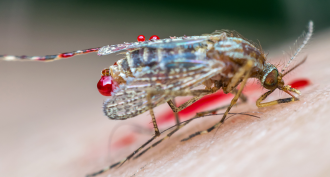 Animals
AnimalsSucking blood isn’t an easy life, even for vampires
Real vampires include bats, insects and even birds. And they’ve had to develop novel ways of dealing with a diet of blood.
-
 Plants
PlantsCool Job: Rethinking how plants hunt for water
Studies probing the very beginnings of root development may have important implications for growing food in a world where the climate is changing.
-
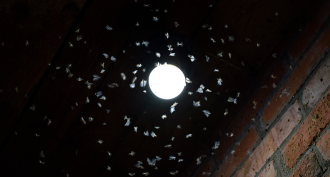 Environment
EnvironmentLight pollution can foil plant-insect hookups
An experiment in remote European meadows shows that light pollution at night can affect the pollination of flowers — even into sunlight hours.
-
 Animals
AnimalsWhales feast when hatcheries release salmon
Humpback whales are visiting sites where hatcheries release juvenile salmon in Alaska. It’s a dining bonanza for the huge whales.
-
 Animals
AnimalsCould a dragonfly’s wings be alive — and breathing?
Highly magnified image showing what looks like breathing tubes suggests the morpho dragonfly’s wings may be unexpectedly alive.
-
 Animals
AnimalsOrangs nurse young for more than eight years!
Orangutan moms and babies have been tricky to study in the wild, so researchers used dental tests to reveal a record setting nursing period.
-
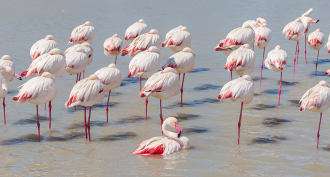 Animals
AnimalsHow a flamingo balances on one leg
Flamingos are so good at balancing on just one leg that they can snooze that way with little effort.
-
 Brain
BrainAmong mice, scratching is catching — as in contagious
Contagious itching spreads by sight, mouse-to-mouse. Scientists have now identified brain structures behind this phenomenon.
-
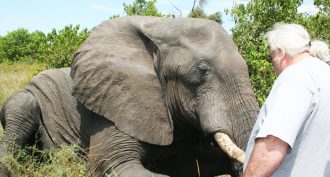 Animals
AnimalsWild elephants sleep for only two hours at night
New measurements suggest that wild elephants may need less sleep than any other mammal.
-
 Animals
AnimalsFrog’s gift of grab comes from saliva and squishy tissue
What puts the grip in a frog’s high-speed strike? Quick-change saliva and a super-soft tongue, scientists find.
-
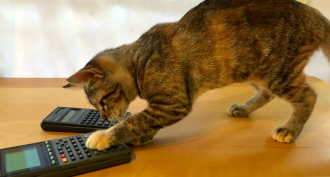 Animals
AnimalsAnimals can do ‘almost math’
Humans aren’t the only animals with a number sense. Scientists are trying to figure out where and when it evolved.
-
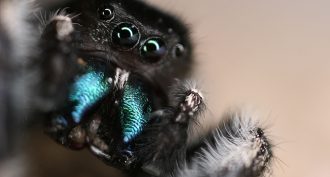 Animals
AnimalsSpidey sense: They can hear you!
Surprise! At least some spiders can hear us. Even without eardrums, jumping spiders can still detect airborne sounds from across the room.